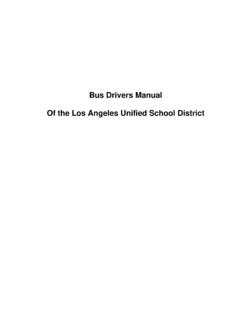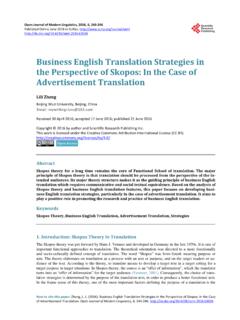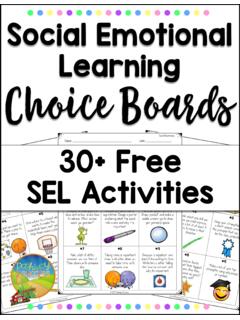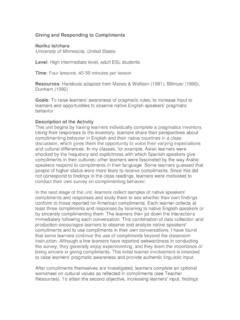Transcription of Antecedent-Based Interventions (According to Function)
1 Antecedent-Based Interventions (According to Function). Antecedent-Based Interventions (ABI) are most effective when implemented with the function of the target kept in mind. Ensure Tier 1 strategies are in place and once the function of the target behavior is known, select ABI accordingly. General Tier 1 strategies Establish clear expectations Use neutralizing routines Establish and teach classroom rules Establish instructional control Consistent, predictable routines Properly pace instruction Use pre-correction Provide frequent opportunities to respond (OTR). Prime for transitions Use visual supports Socially Positive (Attention) Socially Positive (Tangible) Socially Negative Automatic Positive Automatic Negative (Escape/Avoidance). Classwide Peer Tutoring Use a first/then Demand Fading Enrich the learning Address medical (CWPT) sequence (provide a Curricular revision environment (with concerns Provide opportunities for visual if needed) Use a High-probability engaging tasks, Provide and teach use of collaborative/partner Prime student/class for sequence activities, interactions) a break/calming area work transitions Intersperse tasks (brief Provide time and space Teach calming/ de- Assign a classroom Use a visual schedule and/or easy with longer for sensory activities escalating skills when the job/responsibility Social Narratives and/or more difficult) Provide functional, child is calm Provide frequent Provide opportunities for Maximize choice meaningful sensory Social Narratives opportunities to respond student obtain desired Incorporate student activities (OTR)
2 Objects, activities, items interests Incorporate sensory Social narratives in a structured, Provide alternate activities into Non-contingent scheduled manner modes of task instructional tasks Reinforcement (provide Maximize choice completion Social Narratives attention on a fixed time Prime student/class for Maximize student choice schedule) transitions Prime the group for Social Narratives expected behaviors prior Non-contingent to entering a challenging Negative environment/situation Reinforcement/Escape (provide breaks on a fixed time schedule). References: Geiger, Carr, & LeBlanc (2009). Function-Based Treatments for Escape-Maintained Problem Behavior: A Treatment Selection Model for Practicing Behavior Analysts Behavior Analysis in Practice, 3(1), 22-32. Grow, Carr, & LeBlanc (2010). Treatments for Attention-Maintained Problem Behavior: Empirical Support and Clinical Recommendations Journal of Evidence-Based Practices for Schools Vol. 10, No. 1. 70-92.












